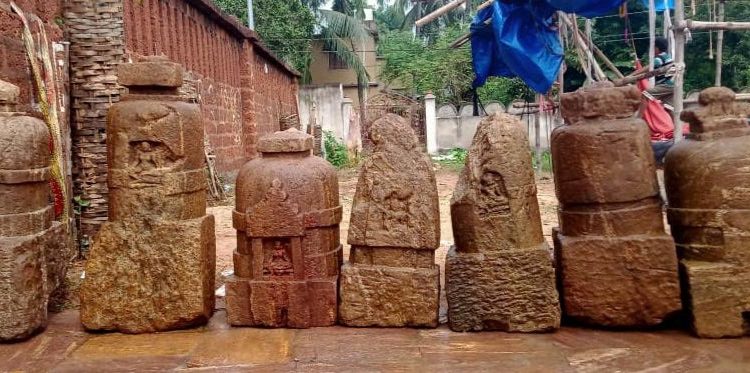Bhandaripokhari: The historical Buddha Vihar housing rare artifacts of the Buddhist period at Sholampur in this block of Bhadrak district is lying in a neglected state and is yet to get a tourist tag, a report said.
Located in the north of Baitarani river, this place has a rich history. A look into the pages of history tells us that Sholampur was the capital of ancient Bhoumakar dynasty during the eighth and ninth centuries.
The then royal Subhakardev-1 had built a large Buddha Vihar for the stay of Buddhist disciples here in 790 AD. In 1100 AD, the then royal Karnakeshri of Soma dynasty had built a 16-storied palace for his queen Karapurashree.
The royals of ancient Kalinga Jajati Keshari, Kapilendra Dev and Mukunda Dev had also built forts in the area.
According to the Bhavisyat Malika of Sishu Ananta Das, the place has a temple of Goddess Santheswari, who is worshipped as Gada Chandi (fort deity) of ancient Biraja Mandal.
Legend tells us that during the Vana Parva of Mahabharata, the five Pandavs and their queen Draupadi also stayed in this place, which is now known as Panchu Pandav ground.
Rare and ancient idols of Buddhist deities like Tara, Dhyani, Buddha, Jambala, Abolokiteswar, Ugratara, Manjushree, Ashta Mahascharya, Barahi and Buddhist stupas of various sizes and shapes can be found lying on the premises of Raghunath and Santheswari temples in the area.
Idols were stolen from this temple twice, while idols of various deities have been also recovered thrice from this place.
Intac member and researcher Biswambhar Rout who is working for the development of the Buddha Vihar and its establishment as an ancient tourist site had thrice recovered over 50 artifacts, including rare and broken idols of Lord Buddha and Arghya Stupas from the Baitarani riverbed of Sholampur, Mudhapada and Maninathpur.
Recently, several Buddhist artifacts including potteries were recovered from Baitarani riverbed at Maninathpur (Chabisikuda) area. The recovered articles include eight Arghya Stupas and over 50 clay pots.
The artifacts after recovery were handed over to authorities of Buddha Vihar museum at Sholampur. The eight Arghya Stupas made up of Khondalite stone (a typical foliated metamorphic rock) and more than 50 clay pots were recovered.
Archaeologist Sunil Kumar Patnaik and researcher Ekadasi Padhi said that the Arghya Stupas and clay potteries date back to the eighth and ninth centuries.
Out of the four Votive Stupas, three have the idols of Buddhist deities Goddess Tara and another is of Maitreya. The other four are common Arghya Stupas.
From the archaeological point of view, the artifacts belong to the Buddhist Tantric Mahayana period.
It is believed that the Buddhist monks were using the recovered potteries, archaeologist Patnaik said.
In 2012, with the help of then Tourism Minister and Bhandaripokhari MLA Prafulla Samal the state Tourism department took possession of the area and established a small museum and a compound wall around the temple.
PNN







































